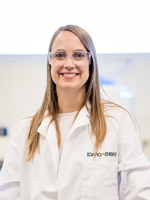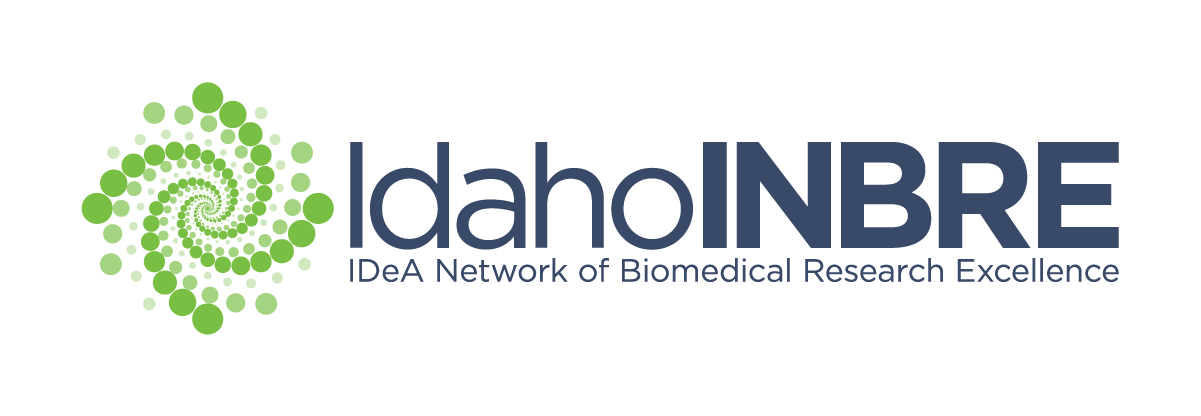
- Name: Nancy Johnston, Ph.D.
- Institution: Lewis-Clark State College
- Department: Chemistry (Natural Sciences)
- Phone: 208-792-2233
- Email: najohnston@lcsc.edu
- Website: https://www.lcsc.edu/faculty-staff-directory/nancy-a-johnston
Summary: I am an atmospheric chemist by training and I am interested in air quality and environmental chemistry, using analytical techniques to determine environmental levels of toxins in the air, water or soil, especially in the Northwest.
Minimum classes: CHEM 111/112
Project: My current project involves studying the air quality of ambient air and wildfire affected air in Idaho and Washington state. We use sorbent tubes to collect air and then bring samples back to the laboratory for analysis via thermal desorption-gas chromatography-mass spectrometry (TD-GC-MS). We analyze the samples for air toxics, gaseous compounds that may be hazardous to human health. We will then test to see if air toxics have correlations to health instances in a particular area.
Students will learn the basics of analytical chemistry and instrumentation, as well as atmospheric chemistry. They will participate in field air sampling, laboratory analysis including TD-GC-MS techniques, instrument calibration and troubleshooting, and data analysis. They will have the opportunity to collaborate with other scientists and their data as well.



